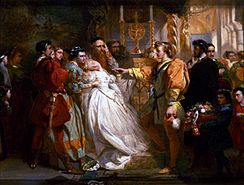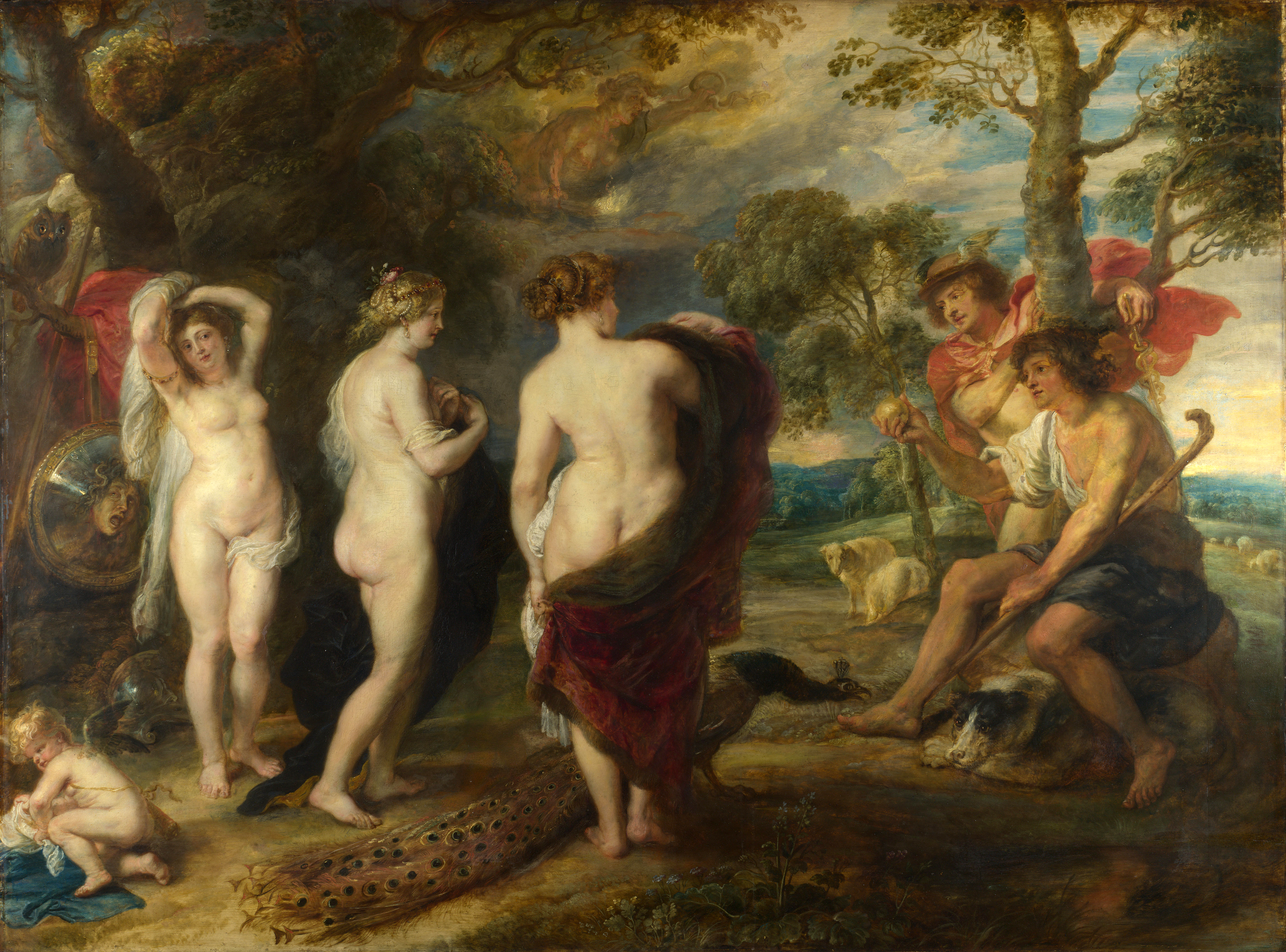
The novel is based on Beatrice and Benedick, two characters in Shakespeare’s Much Ado About Nothing.
Much Ado About Nothing is a comedic play by William Shakespeare thought to have been written in 1598 and 1599, as Shakespeare was approaching the middle of his career.


The story starts in 1588, and most of the action takes place in Messina, Sicily. Messina is the capital of the Italian province of Messina. It is the 3rd largest city on the island of Sicily, and the 13th largest city in Italy, with a population of more than 252,000 inhabitants in the city proper and about 650,000 in the province. It is located near the northeast corner of Sicily, at the Strait of Messina, opposite Villa San Giovanni on the mainland, and has close ties with Reggio Calabria. The Christian ships that won the Battle of Lepanto (1571) left from Messina: the Spanish author Miguel de Cervantes, who took part in the battle, recovered for some time in the Grand Hospital. The city reached the peak of its splendour in the early 17th century, under Spanish domination: at the time it was one of the ten greatest cities in Europe.



Beatrice is from Villafranca di Verona. Villafranca di Verona is a town and comune in the province of Verona in the Veneto, Northern Italy.

One of the elements that are vital in the novel is the settebello card. The card makes reference to the game Scopa. To determine the face value of any numeric card, simply count the number of suit icons on the card. Since the Coins are important in winning some points, the cards of that suit are also nicknamed as “bello” (handsome): so, “il settebello” is the Seven of Coins, “l’asso bello” is the Ace of Coins/Diamonds.

Another town is Monreale where the archbishop comes from. Monreale is a town and comune in the province of Palermo, in Sicily, on the slope of Monte Caputo.

Trinacria is the Sicilian flag. The word Trinacria means triangle and refers to the shape of the island of Sicily, the largest island in the Mediterranean. Sicily was known by the Romans as Trinacrium, meaning “star with three points”. The Trinacria symbol is the head of Medusa, surrounded by three bent running legs, and three stalks of wheat. Due to the island’s distinct triangular shape, the symbol has also been adopted by the Sicilian government and is located on the center of Sicily’s flag.

Benedick and Beatrice attend a wedding in Syracuse. Syracuse is a historic city in Sicily, the capital of the province of Syracuse. The city is notable for its rich Greek history, culture, amphitheatres, architecture, and as the birthplace of the preeminent mathematician and engineer Archimedes. This 2,700-year-old city played a key role in ancient times, when it was one of the major powers of the Mediterranean world. Syracuse is located in the southeast corner of the island of Sicily, right by the Gulf of Syracuse next to the Ionian Sea.



There is a naval pageant which Benedick takes part in. The pageant is called naumachia and is in Taormina. Taormina is a small town on the east coast of the island of Sicily, midway between Messina and Catania.



The naumachia in the Ancient Roman word referred to both the staging of naval battles as mass entertainment and the basin (or more broadly, the complex) in which this took place.

When Benedick is preparing the naumachia, he talks to D. Miguel de Cervantes. In 1571, he decided to join the Spanish Navy, and participated in the battle of Lepanto, a major clash between the Catholic states and the Ottomans for the control of the Mediterranean. After the Battle of Lepanto, Cervantes remained in hospital in Messina, Italy, for about six months, before his wounds were sufficiently healed to allow his joining the colours again.


There are several reference to the expulsion of the Muslims from Sicily. The complete eviction of Muslims and the annihilation of Islam in Sicily was completed by the late 1240s when the final deportations to Lucera took place.
Michelangeo Florio Crollalanza’s father was a Calvinist. Calvinism is a major branch of Protestantism that follows the theological tradition and forms of Christian practice of John Calvin and otherReformation-era theologians. Calvinists broke with the Roman Catholic Church but differed with Lutherans on the real presence of Christ in the Eucharist, theories of worship, and the use of God’s law for believers, among other things.

A character in the book is King Philip II, and we hear about his hatred for Queen Elizabeth. The reason for his hate is that the queen refused him when he wanted to marry her. For many years Philip maintained peace with England, and even defended Elizabeth from the Pope’s threat of excommunication.The execution of Mary, Queen of Scots, in 1587 ended Philip’s hopes of placing a Catholic on the English throne. He turned instead to more direct plans to invade England, with vague plans to return the country to Catholicism. In 1588, he sent a fleet, the Spanish Armada, to rendezvous with the Duke of Parma‘s army and convey it across the English Channel. However, the operation had little chance of success from the beginning, because of lengthy delays, lack of communication between Philip II and his two commanders and the lack of a deep bay for the fleet. At the point of attack, a storm struck the English Channel, already known for its harsh currents and choppy waters, which devastated large numbers of the Spanish fleet. There was a tightly fought battle against the English navy; it was by no means a slaughter, but the Spanish were forced into a retreat, and the overwhelming majority of the Armada was destroyed by the harsh weather.



Beatrice claims that a star was born when she was born. The name of the star is Tycho’s supernova. SN 1572 (Tycho‘s Supernova, Tycho’s Nova), “B Cassiopeiae” (B Cas) was in the constellation Cassiopeia, one of about eight supernovae visible to the naked eye in historical records. It appeared in early November 1572 and was independently discovered by many individuals.

Beatrice takes part in a ritual in which the women dance the tarantella. Tarantella is a group of various folk dances characterized by a fast upbeat tempo, accompanied by tambourines.It is among the most recognized forms of traditional southern Italian music.

When Guglielma is executed, she is wearing a sambenito garment and an H on her forehead for heretic. Sanbenito was a penitential garment that was used especially during the Spanish Inquisition. It was similar to a scapular, either yellow with red St. Andrew’s crosses for penitent heretics or black and decorated with friars, dragonsand devils for impenitent heretics to wear at an auto da fé. The heretics, found guilty by the inquisitors, had to walk in the procession wearing the sambenito, the coroza, the rope around the neck, and in their hands a yellow wax candle. Other garments worn by the prisoners included pointed hats, rosaries, and green or yellow candles.

When Beatrice returns to Verona, her father wants to marry her off. The candidate is Paris, and as a wedding painting, he requests to paint the Judgement of Paris. Beatrice explains to him the legend and why it is wrong to include Helen of Troy in the painting. Zeus held a banquet in celebration of the marriage of Peleus and Thetis (parents of Achilles). However, Eris, goddess of discord was not invited, for it was believed she would have made the party unpleasant for everyone. Angered by this snub, Eris arrived at the celebration with a golden apple from the Garden of the Hesperides, which she threw into the proceedings as a prize of beauty. Upon the apple was the inscription καλλίστῃ (kallistēi, “for the fairest one”). Three goddesses claimed the apple: Hera, Athena and Aphrodite. They asked Zeus to judge which of them was fairest, and eventually he, reluctant to favor any claim himself, declared that Paris, a Trojan mortal, would judge their cases. While Paris inspected them, each attempted with her powers to bribe him; Hera offered to make him king of Europe and Asia, Athena offered wisdom and skill in war, and Aphrodite offered the world’s most beautiful woman . This was Helen of Sparta, wife of the Greek king Menelaus. Paris accepted Aphrodite’s gift and awarded the apple to her, receiving Helen as well as the enmity of the Greeks and especially of Hera.

The novel is also based on the assumption that William Shakespeare was actually Sicilian, and his real name was Michelangelo Florio Crollalanza. Acccording to some scholars, William Shakespeare’s parents were not John Shakespeare and Mary Arden, but were Giovanni Florio, a doctor, and Guglielma Crollalanza, a Sicilian noblewoman. The family supposedly fled Italy during the Holy Inquisition and moved to London. It was in London that Michelangelo Florio Crollalanza decided to change his name to its English equivalent. Crollalanza apparently translates literally as ‘Shakespeare.’ It is also claimed that while Shakespeare (or young Crollalanza) was travelling through Europe he fell in love with a 16-year-old girl named Giulietta. But sadly, family members opposed the union, and Giulietta committed suicide.


